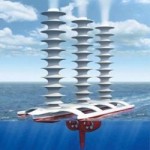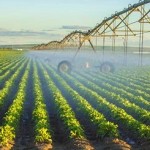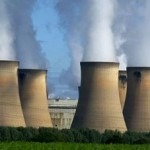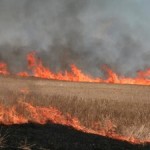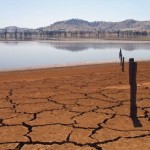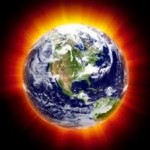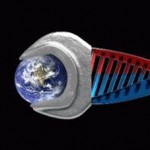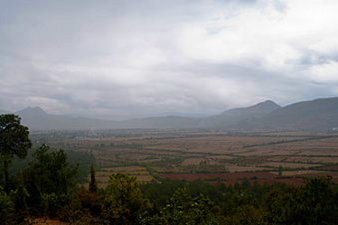
Boulder – Although a significant build-up in greenhouse gases in the atmosphere would alter worldwide precipitation patterns, a widely discussed technological approach to reduce future global warming would also interfere with rainfall and snowfall, new research shows.
The international study, led by scientists at the National Center for Atmospheric Research (NCAR), finds that global warming caused by a massive increase in greenhouse gases would spur a nearly 7 percent average increase in precipitation compared to pre-industrial conditions.
But trying to resolve the problem through “geoengineering” could result in monsoonal rains in North America, East Asia, and other regions dropping by 5-7 percent compared to pre-industrial conditions. Globally, average precipitation could decrease by about 4.5 percent.
“Geoengineering the planet doesn’t cure the problem,” says NCAR scientist Simone Tilmes, lead author of the new study. “Even if one of these techniques could keep global temperatures approximately balanced, precipitation would not return to pre-industrial conditions.”
As concerns have mounted about climate change, scientists have studied geoengineering approaches to reduce future warming. Some of these would capture carbon dioxide before it enters the atmosphere. Others would attempt to essentially shade the atmosphere by injecting sulfate particles into the stratosphere or launching mirrors into orbit with the goal of reducing global surface temperatures.
The new study focuses on the second set of approaches, those that would shade the planet. The authors warn, however, that Earth’s climate would not return to its pre-industrial state even if the warming itself were successfully mitigated.
“It’s very much a pick-your-poison type of problem,” says NCAR scientist John Fasullo, a co-author. “If you don’t like warming, you can reduce the amount of sunlight reaching the surface and cool the climate. But if you do that, large reductions in rainfall are unavoidable. There’s no win-win option here.”
The study appears in an online issue of the Journal of Geophysical Research: Atmospheres, published in October by the American Geophysical Union. An international team of scientists from NCAR and 14 other organizations wrote the study, which was funded in part by the National Science Foundation (NSF), NCAR’s sponsor. The team used, among other tools, the NCAR-based Community Earth System Model, which is funded by NSF and the Department of Energy.
Future Carbon Dioxide, With or Without Geoengineering
The research team turned to 12 of the world’s leading climate models to simulate global precipitation patterns if the atmospheric level of carbon dioxide, a leading greenhouse gas, reached four times the level of the pre-industrial era. They then simulated the effect of reduced incoming solar radiation on the global precipitation patterns.
The scientists chose the artificial scenario of a quadrupling of carbon dioxide levels, which is on the high side of projections for the end of this century, in order to clearly draw out the potential impacts of geoengineering.
In line with other research, they found that an increase in carbon dioxide levels would significantly increase global average precipitation, although there would likely be significant regional variations and even prolonged droughts in some areas.
Much of the reason for the increased rainfall and snowfall has to do with greater evaporation, which would pump more moisture into the atmosphere as a result of more heat being trapped near the surface.
The team then took the research one step further; examining what would happen if a geoengineering approach partially reflected incoming solar radiation high in the atmosphere.
The researchers found that precipitation amounts and frequency, especially for heavy rain events, would decrease significantly. The effects were greater over land than over the ocean, and particularly pronounced during months of heavy, monsoonal rains. Monsoonal rains in the model simulations dropped by an average of 7 percent in North America, 6 percent in East Asia and South America, and 5 percent in South Africa. In India, however, the decrease was just 2 percent. Heavy precipitation further dropped in Western Europe and North America in summer.
A Drier Atmosphere
The researchers found two primary reasons for the reduced precipitation.
One reason has to do with evaporation. As Earth is shaded and less solar heat reaches the surface, less water vapor is pumped into the atmosphere through evaporation.
The other reason has to do with plants. With more carbon dioxide in the atmosphere, plants partially close their stomata, the openings that allow them to take in carbon dioxide while releasing oxygen and water into the atmosphere. Partially shut stomata release less water, so the cooled atmosphere would also become even drier over land.
Tilmes stresses that the authors did not address such questions as how certain crops would respond to a combination of higher carbon dioxide and reduced rainfall.


